Stunning Companion Plants For Amsonia
Stunning Companion Plants for Amsonia
Amsonia, also known as bluestar, is a genus of perennial flowering plants native to North America. These plants are known for their star-shaped flowers that bloom in the spring, and their attractive foliage that turns yellow or orange in the fall. Amsonias are relatively easy to care for and can thrive in a variety of conditions.
One of the best things about amsonias is that they can be paired with a wide variety of other plants to create stunning and colorful garden displays. Here are a few of our favorite companion plants for amsonias:
- Baptisia. Baptisias are another genus of North American native plants that are known for their beautiful blue or purple flowers. They bloom at the same time as amsonias, so they make great partners for a spring garden display. Baptisias also have attractive foliage that turns yellow or orange in the fall.
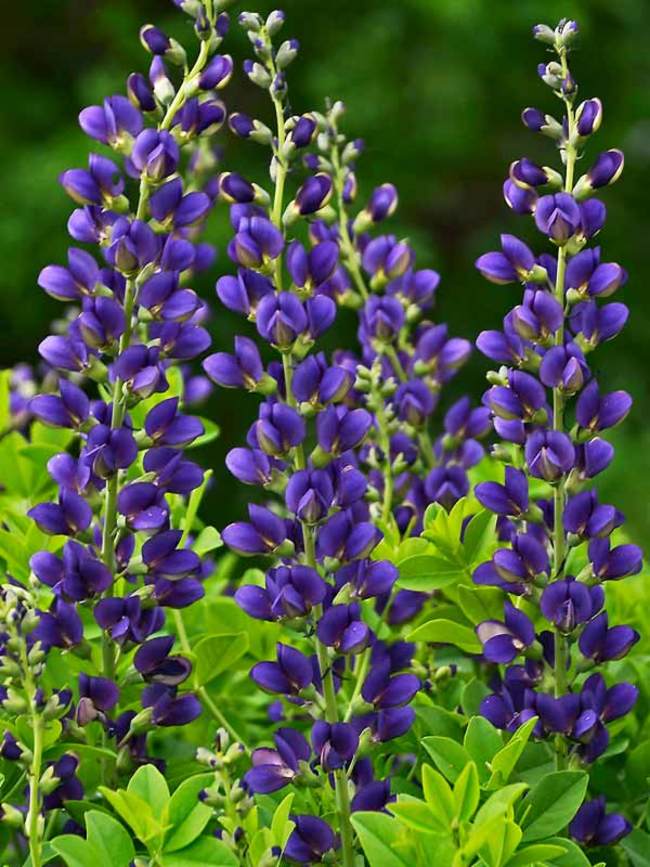
- Hostas. Hostas are large, shade-loving plants that come in a wide variety of colors and leaf shapes. They make great companions for amsonias because they can help to fill in the space around the amsonias and provide some shade during the hot summer months.
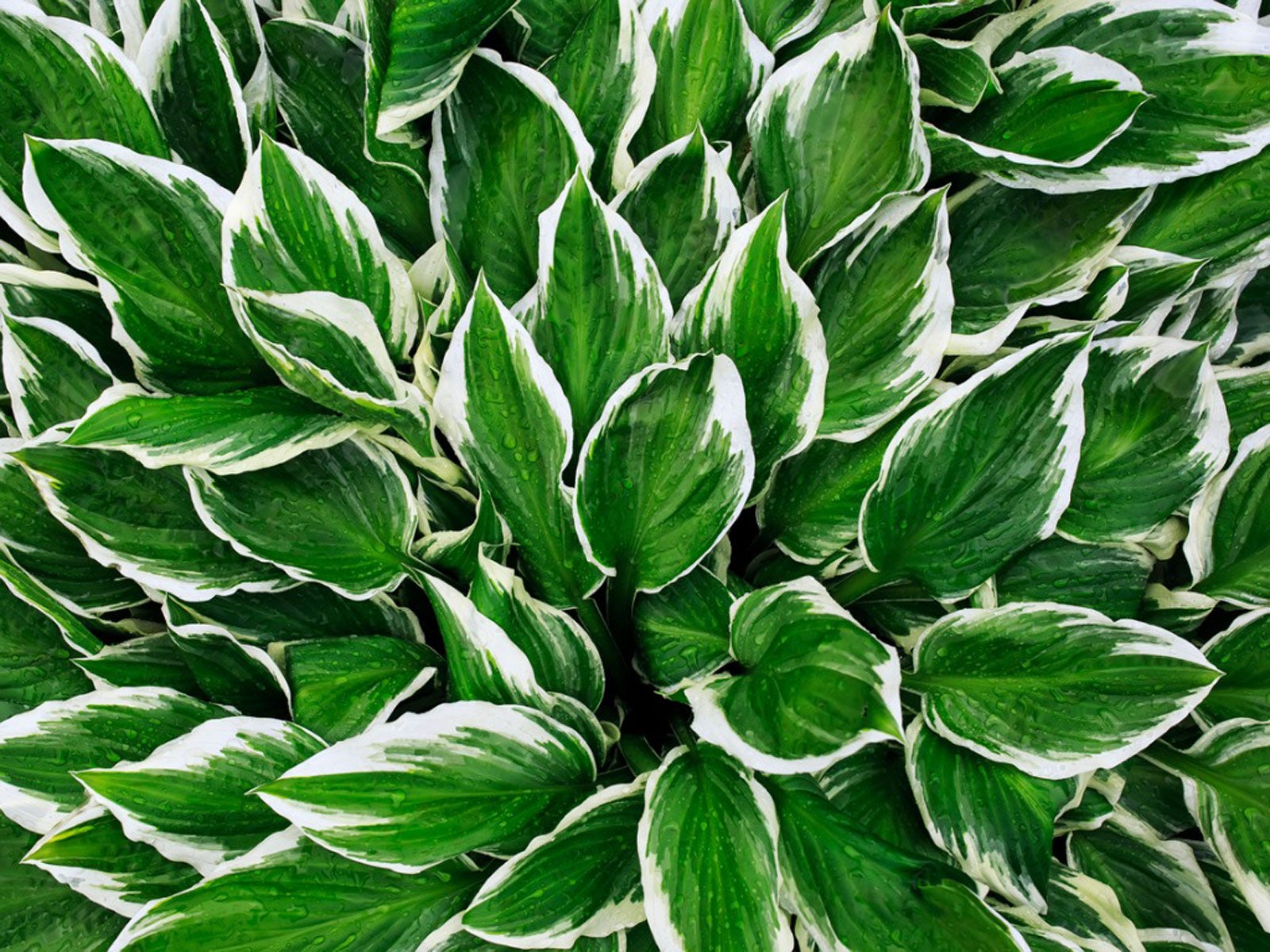
- Oat grass. Oat grass is a tall, grassy plant that adds texture and movement to a garden. It blooms in the summer with small, white flowers. Oat grass is a great companion for amsonias because it helps to draw the eye up and away from the amsonias' low-growing foliage.

- Sedum. Sedums are succulent plants that come in a wide variety of colors. They bloom in the summer with small, star-shaped flowers. Sedums are a great companion for amsonias because they can help to add color and interest to the garden in the summer months.

- Coneflowers. Coneflowers are tall, daisy-like flowers that bloom in the summer. They come in a variety of colors, including purple, pink, and white. Coneflowers are a great companion for amsonias because they help to add height and color to the garden.
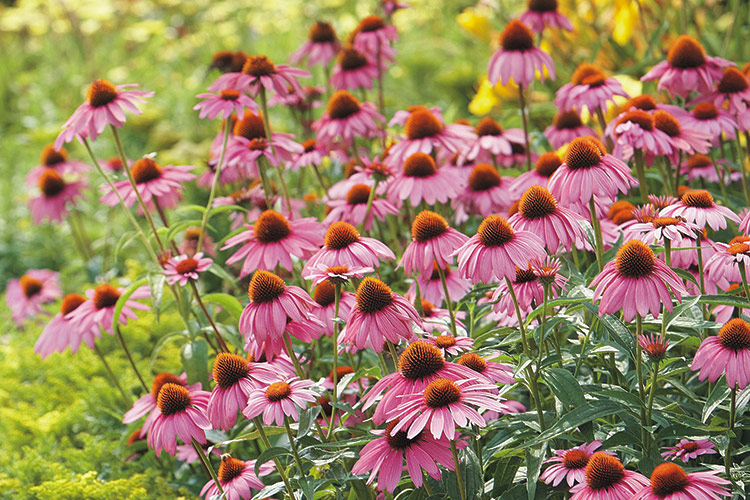
- Iris. Irises are spring-blooming flowers that come in a wide variety of colors. They are a great companion for amsonias because they help to add color and interest to the garden in the spring. Irises also have attractive foliage that turns yellow or orange in the fall.
- Peonies. Peonies are large, showy flowers that bloom in the spring. They come in a variety of colors, including pink, white, and yellow. Peonies are a great companion for amsonias because they help to add color and interest to the garden in the spring. Peonies also have attractive foliage that turns yellow or orange in the fall.

These are just a few of the many companion plants that you can pair with amsonias. When choosing companion plants, it is important to consider the size, color, and bloom time of the plants. You also want to make sure that the plants have similar growing conditions. With a little planning, you can create a stunning and colorful garden display with amsonias and their companion plants.
Amsonia, also known as blue star, is a beautiful perennial plant that blooms in the spring with blue flowers. It is a relatively low-maintenance plant that is drought-tolerant and deer-resistant. Amsonia can be grown in full sun or partial shade, and it prefers well-drained soil.
When choosing companion plants for amsonia, it is important to consider the plant's growing conditions and color. Amsonia can be paired with a variety of other plants, but some good choices include:
- Ferns: Ferns add a delicate texture and shady contrast to amsonia's blue flowers. Gardenia Inspiration has a great article on companion plants for ferns, including amsonia.
- Ornamental grasses: Ornamental grasses add height and movement to a garden, and they can help to fill in spaces around amsonia's spreading growth. Gardenia Inspiration has a comprehensive guide to ornamental grasses, including information on how to choose the right grasses for your garden.
- Perennials with yellow flowers: The blue flowers of amsonia can be beautifully complemented by the yellow flowers of other perennials, such as black-eyed Susans, coneflowers, and sunflowers. Gardenia Inspiration has a list of perennials with yellow flowers, including amsonia companions.
No matter what companion plants you choose, amsonia is sure to add beauty and interest to your garden. For more information on amsonia companion plants, please visit Gardenia Inspiration.
FAQ of amsonia companion plants
Q: What are some good companion plants for amsonia?
A: Amsonia, also known as bluestar, is a hardy perennial that can be grown in a variety of conditions. It is known for its blue flowers that bloom in the spring, and its feathery green foliage that turns golden in the fall. Amsonia can be grown as a standalone plant, but it can also be used to complement other plants in a garden. Some good companion plants for amsonia include:
- Coneflower: Coneflower is a tall, flowering plant that blooms in the summer. It comes in a variety of colors, including yellow, orange, and red. Coneflower is a good companion plant for amsonia because it provides height and contrast.

- Daylily: Daylily is a low-maintenance perennial that blooms in the summer. It comes in a variety of colors, including yellow, orange, pink, and purple. Daylily is a good companion plant for amsonia because it provides color and blooms at the same time of year.
- Black-eyed Susan: Black-eyed Susan is a tall, flowering plant that blooms in the summer. It comes in a variety of colors, including yellow, orange, and red. Black-eyed Susan is a good companion plant for amsonia because it provides height and contrast.
- Echinacea: Echinacea is a tall, flowering plant that blooms in the summer. It comes in a variety of colors, including purple, pink, and white. Echinacea is a good companion plant for amsonia because it provides height and attracts beneficial insects.
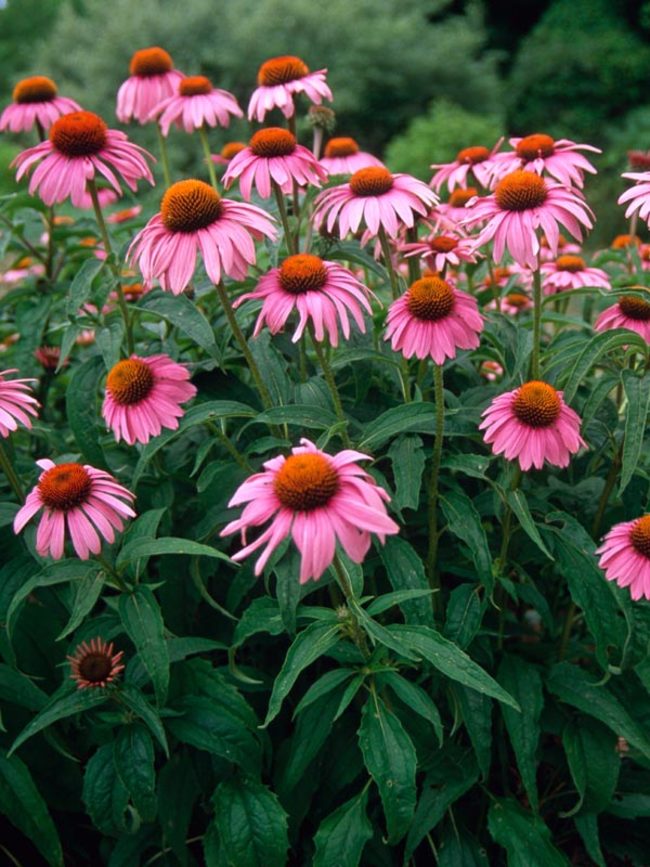
- Rudbeckia: Rudbeckia is a tall, flowering plant that blooms in the summer. It comes in a variety of colors, including yellow, orange, and brown. Rudbeckia is a good companion plant for amsonia because it provides height and contrast.
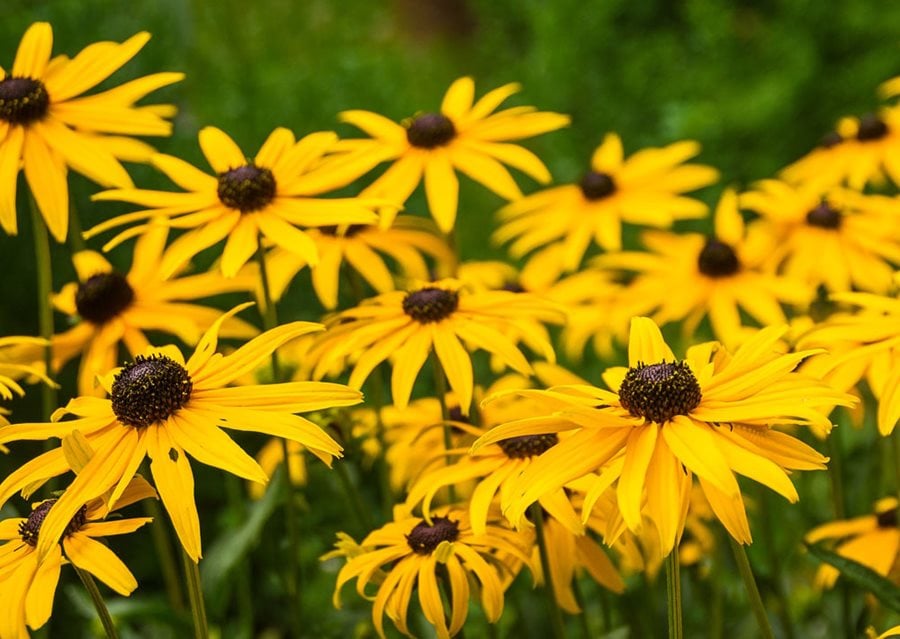
Q: What are the characteristics of amsonia?
A: Amsonia is a hardy perennial that can grow in a variety of conditions. It is known for its blue flowers that bloom in the spring, and its feathery green foliage that turns golden in the fall. Amsonia is typically 2-3 feet tall and 2-3 feet wide. It prefers full sun and well-drained soil. Amsonia is relatively low-maintenance and drought-tolerant.
Q: How do you plant amsonia?
A: Amsonia can be planted in the spring or fall. When planting, dig a hole that is twice the diameter of the plant's root ball and about the same depth. Place the plant in the hole and backfill it with the original soil. Gently tamp down the soil and water the plant thoroughly.
Q: How do you care for amsonia?
A: Amsonia is relatively low-maintenance. Water the plant regularly during the first year after planting, but once established, it is drought-tolerant. Amsonia does not need to be fertilized often, but a light application of fertilizer in the spring can help promote flowering. Amsonia may need to be deadheaded to encourage new blooms.
Q: How do you propagate amsonia?
A: Amsonia can be propagated by division or by seed. To propagate by division, dig up a mature plant in the spring or fall and divide it into several smaller clumps. Replant the clumps in a new location. To propagate by seed, sow the seeds in the spring in a well-drained soil. Keep the soil moist until the seeds germinate.
Image of amsonia companion plants
5 different images of amsonia companion plants from Pinterest:
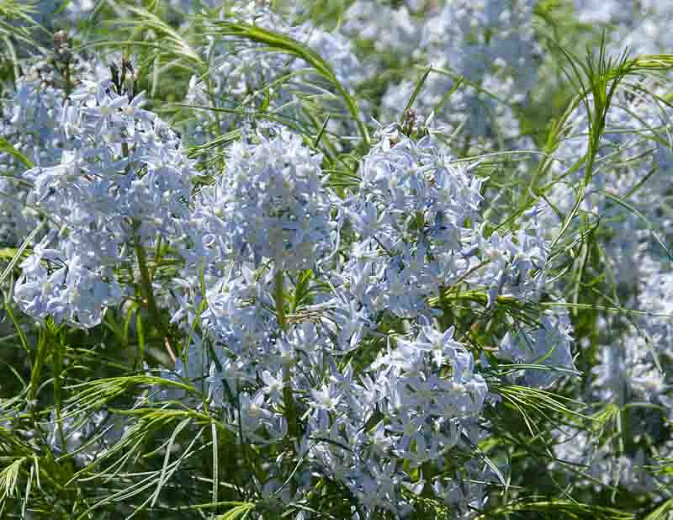
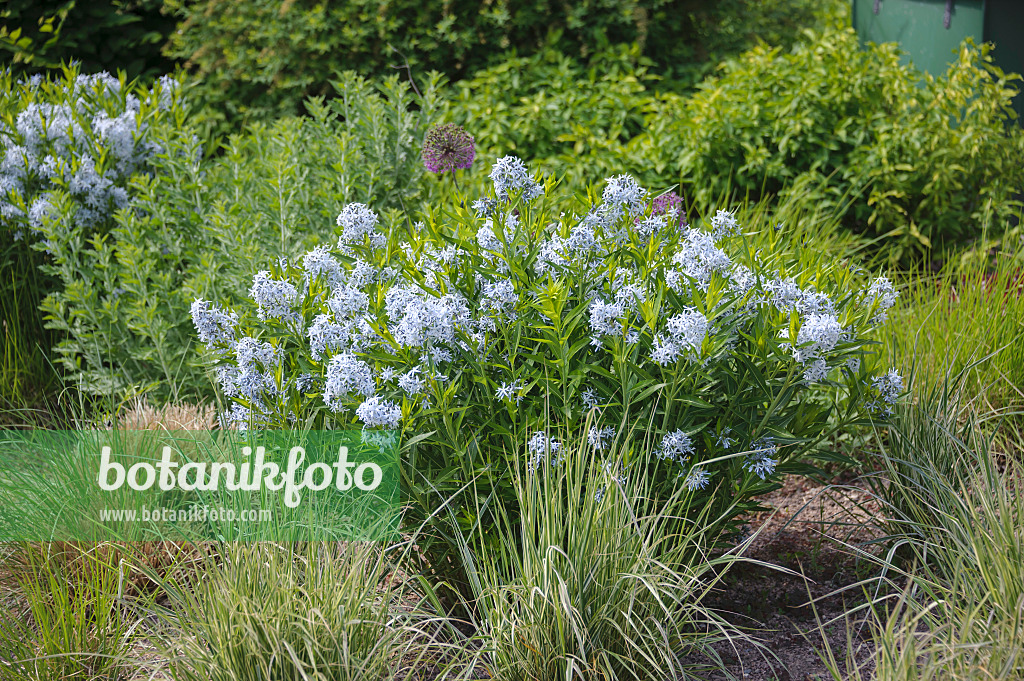



Post a Comment for " Stunning Companion Plants For Amsonia"